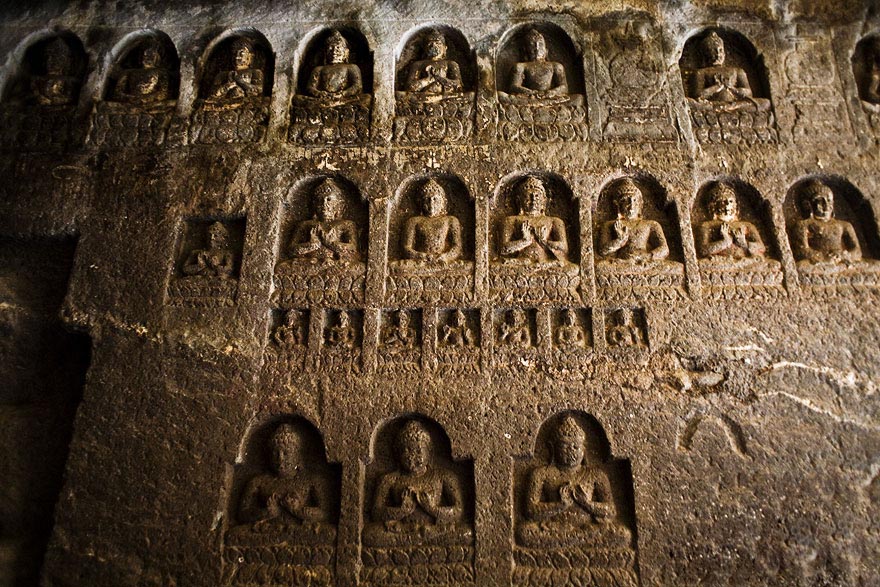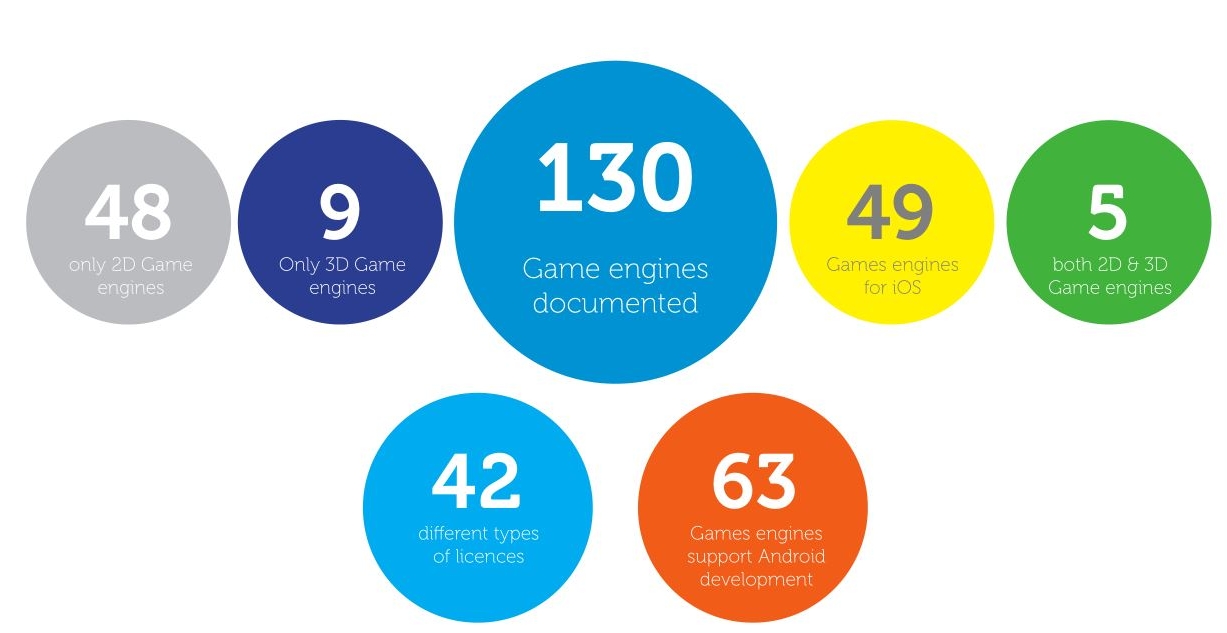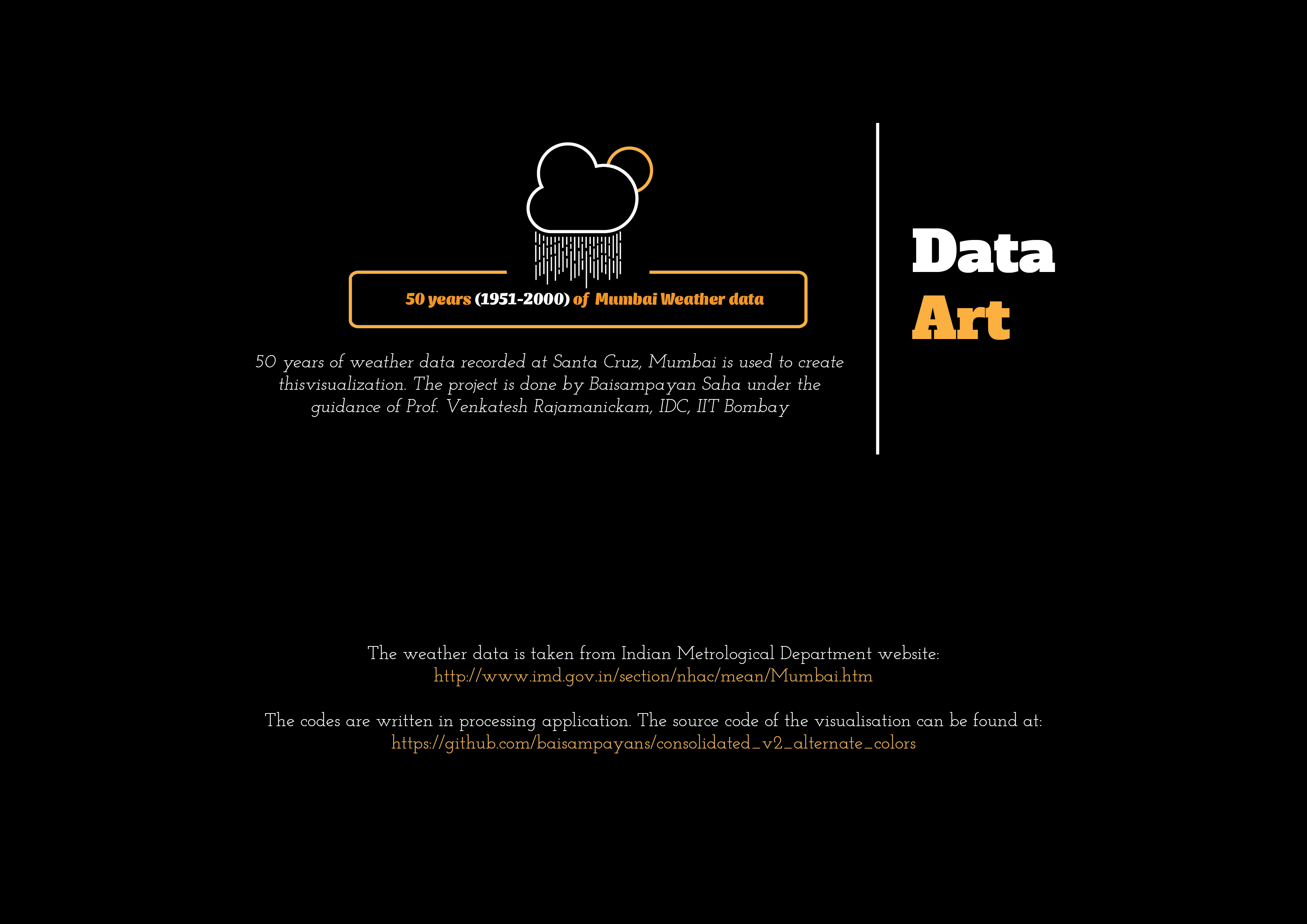
Society and Analysis
Project by
Prof. Sumant Rao
Intrusive Art in Ajanta Caves
For my Design Research Seminar (DRS) project I visited Ajanta caves under the guidance of well renowned Art Historian Rajesh Kumar Singh. I had also got a great opportunity to interact with prof Walter M. Spink who is doing research on ajanta cave over 6 decades.
During the course of the visit I was enquiring about the presence of Buddha sculpture in oldest caves built during the Hinayana period where buddha was not worshiped. This lead me to my DRS topic on the Intrusive Art on Ajanta Caves.
The term “ Intrusive Art” was coined by Prof. Walter M. Spink, for all the unauthorized and unplanned sculptures and paintings seen throughout ajanta caves.
These unauthorized sculptures and painting were mainly done during the Period of Disruption (ca. 479 to 480 CE) wherein the works at Ajanta caves were supposedly stopped and people who had been working on the site had to evacuate because of a war. Many sculptors and painters were left without jobs. These sculptors and painters started doing Intrusive Art for their survival with the money given by the monks and the laymen who visited Ajanta & wished to have their own personal votive figures for worship.
The original plan of Ajanta caves was completely disrupted and intrusive images started to cover most of the blank spaces in almost all the caves. Intrusive sculptures and paintings can be seen in cave no. 2, 4, 6 upper, 9, 10, 11, 17, 19, 20, 21, 23, 26.
My research orientation was toward figuring out Intrusive Art throughout the caves.















